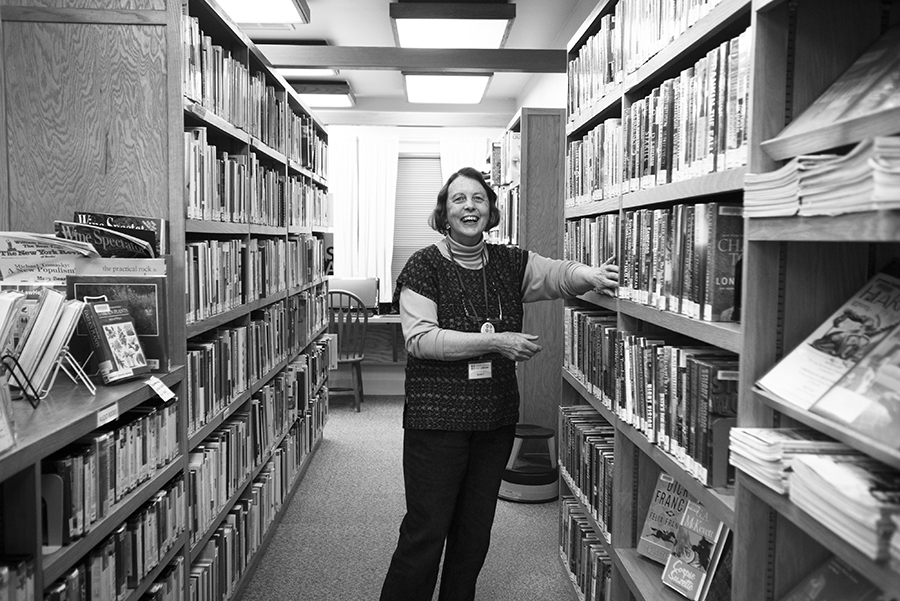Nancy Hemmingway has been the Inverness librarian longer than the Inverness library has been at its current location. After 42 years tending the community’s . . .
For 42 years, Nancy Hemmingway gave life to the Inverness library


Nancy Hemmingway has been the Inverness librarian longer than the Inverness library has been at its current location. After 42 years tending the community’s . . .